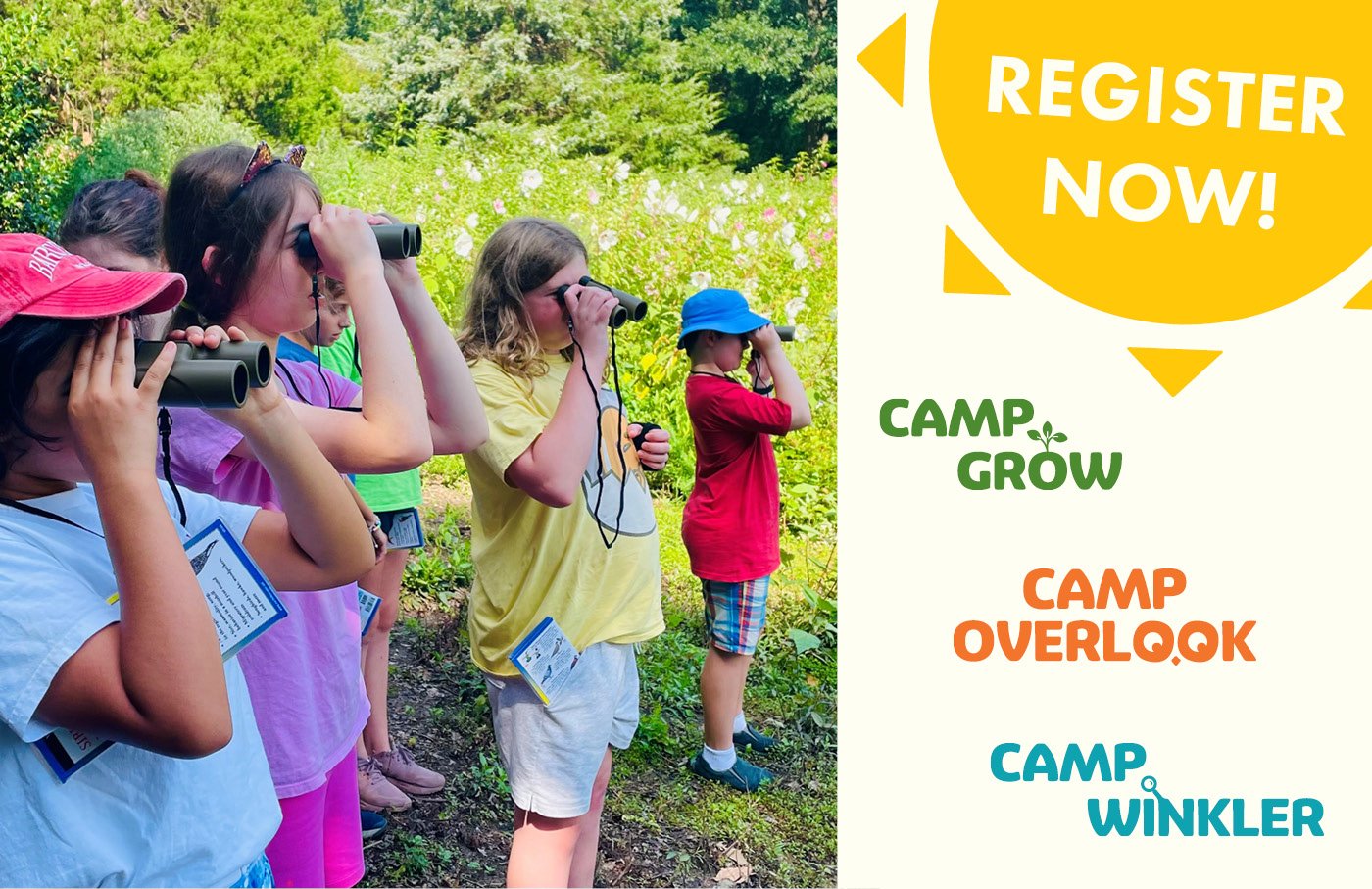NOVA Parks News
THROWBACK THURSDAY--NOVA PARKS—CIVIL RIGHTS VICTORY CELEBRATED

In 1918 the Falls Church based Colored Citizens Protective League (CCPL) became the first rural chapter of the NAACP (National Association for the Advancement of Colored People). Local civil rights leaders Joseph Tinner and E.B. Henderson already had much to be proud of.
In 1915, Joseph Tinner gathered a group of local leaders at his house to form the CCPL and plan resistance against a local law that would have segregated the town and forced landowners like Tinner and Henderson, who lived in what was proposed as “white-only” areas, to sell their property and move. The CCPL sued the town (today a City). The case went to the Virginia Supreme Court and they won! In 1917, the U.S. Supreme Court took up a similar issue and found that local efforts that would create legally segregated areas were unconstitutional.
Fast forward to 2015, NOVA Parks opened to the public the Tinner Hill Historic Site, commemorating the location where Joseph Tinner’s house once stood and where that historic meeting of 1915 had taken place. The site is made up of two parcels, one owned by the City of Falls Church, and one owned by Fairfax County. They both leased their lots to NOVA Parks for 99 years. NOVA Parks constructed a shelter where groups could meet. A sculpture symbolizing the long struggle for civil rights was erected. Interpretive signs about the events of this site were developed in partnership with the Tinner Hill Heritage Foundation.
Many people reading history books might think that the Civil Rights Movement started in the 1950’s or 1960’s. Recognizing a great victory over 100 years ago, like Tinner Hill, helps show that the struggle for American civil rights is as old as our nation.
Tinner Hill is one of the many historically-focused parks in the NOVA Parks regional park system. Collectively, these sites help tell the story of America.




